Nabbed! -- with plant ID update
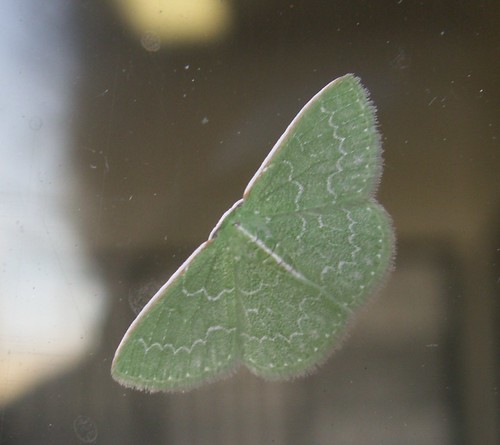
large view
My picture-taking didn't disturb this moth as much as it disturbed the peace....
I was taking photos over at the "post office pond" when a police car pulled up and an officer motioned me over to ask what I was doing. Seems someone had seen me exhibiting "suspicious behavior" at the post office.
My "suspicious behavior" was capturing this lovely green moth on pixel. It was perched on the post office window, and in my usual thoroughness I photographed its underside (ventral view) through the window, the dorsal shot shown above, and a head-on shot that had me leaning a little into the glass to get the right angle. Nothing out of the ordinary -- that is, for me.
Ventral (Underside) View
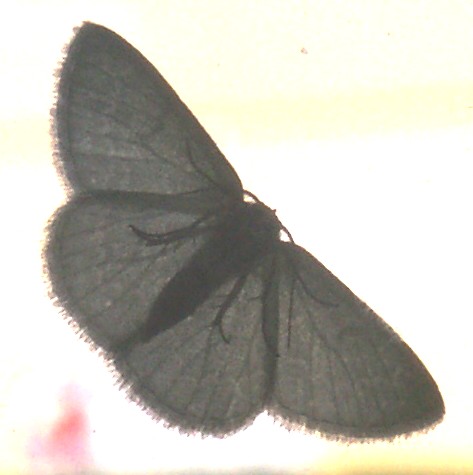
As I told Mary when I got home, I am now "a real photographer!" because I've been detained by a cop for doing what photographers do to get the shot.
I told the man from the sheriff's office about the pretty green moth and how I had a bunch of field guides I was going to consult when I got home. I offered to show him the picture, which I did, scrolling back through shots of palm leaves and robins until I reached the image of my little friend perched innocently on federal government property, that being the post office window.
Head-On View
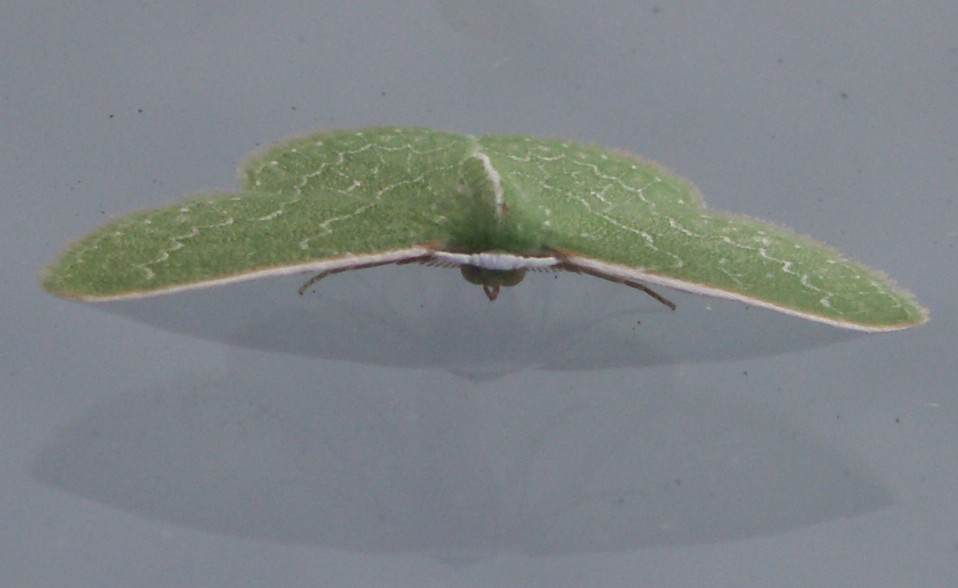
large view
I told the officer -- a pleasant fellow originally from Alaska -- that if he wanted to, he could check with the folks at my bank, who knew my reputation and had asked me not long ago to identify the "big green bug" hanging out near the drive-through window (which, I added, I knew without looking that it would be a katydid, based on their description).
Mary said, "You should have told him about..." and proceeded to mention the guy who'd brought me to an employee-only area so that I could photograph and identify a spider. Actually, given the circumstances behind that shot, maybe it's better I didn't bring it up.
Convinced I had nothing sinister in mind (we had a nice chat about Alaska, which I'd visited in 1992), the cop proceeded on his merry way before I had a chance to give him a flyer about Covenant -- which also has my website address on it in case he wanted to look at my photos. But I noted his name, so I can drop off the moth ID and a flyer for him at the local sheriff's office. Why pass up an opportunity to advertise?
Turns out none of my relevant Audubon field guides -- to Florida, to the Southeast (the book technically stops at Georgia), and to Insects and Spiders of North America -- has this little critter. Hence it was on to Bugguide.Net, where I learned it is a Southern Emerald Moth: Synchlora frondaria, Family Geometridae (Geometrid Moths), Subfamily Geometrinae (Emeralds).
I probably looked even more suspicious photographing robins (Turdus migratorius, Family Turdidae) hanging out by the bank, since the bank is closed on Saturdays. The post office was closed, too, but I still had access to my PO Box.
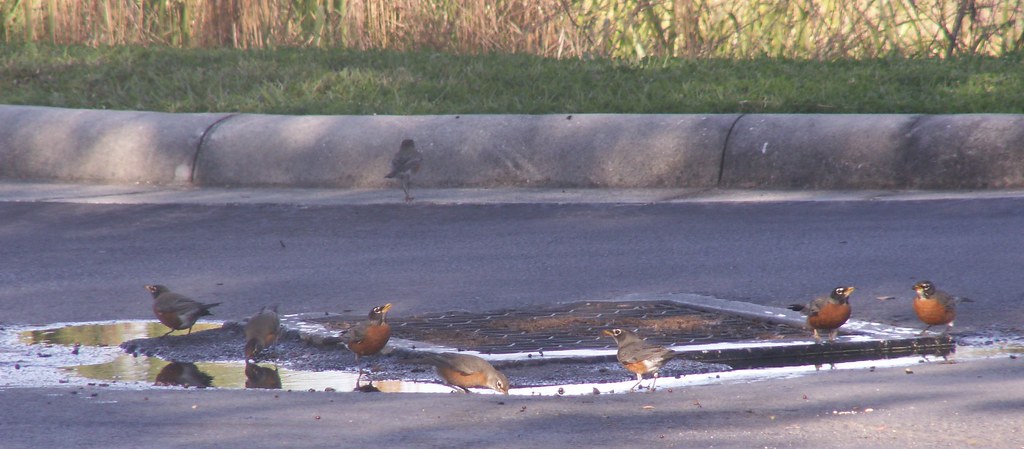
large view
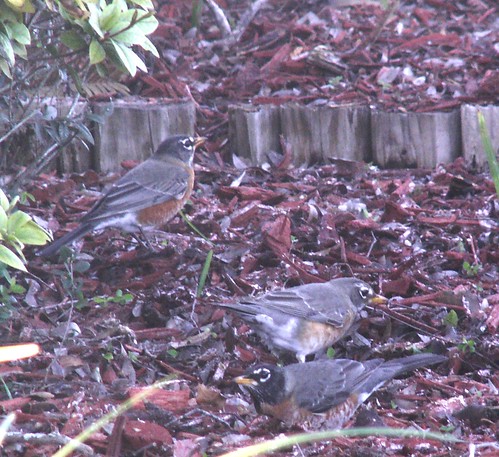
large view
This pair was hanging out by the "post office pond":
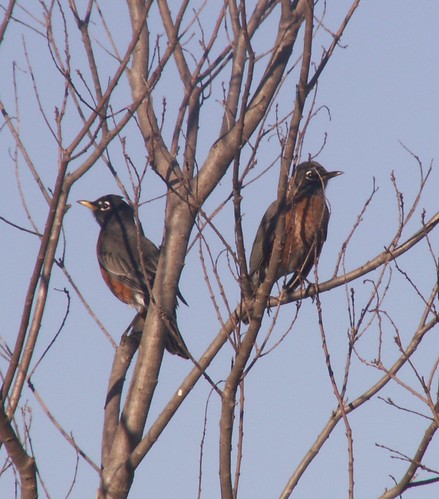
large view
I crossed an empty lot (it's been mowed, so it might be put to use for something soon) to photograph these red leaves with white flowers growing in a neighbor's yard. Thanks to djd in New Zealand for identifying this plant as Bougainvillea. Floridata does have a page on the plant here, which I'd managed to miss.

large view

large view
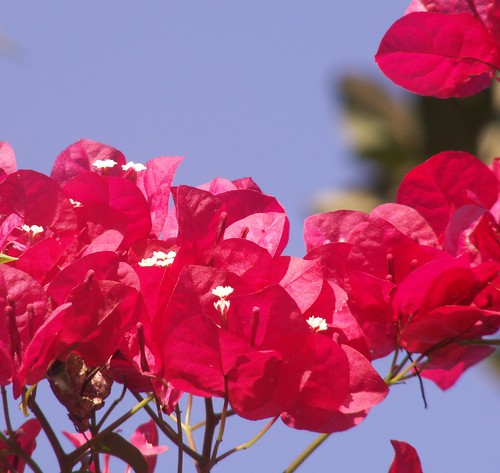
large view
The "post office pond" had additional visitors. My Peterson field guide to birds of eastern and central North America helped me identify what I'm pretty sure is a Greater Yellowlegs (Tringa melanoleuca, 14 inches), though I couldn't get close enough to take a definitive shot. Two similar-looking species, the Lesser Yellowlegs (Tringa flavipes, 10-11 inches) and the Upland Sandpiper (Bartramia longicauda, 11-1/2 inches), are closer in size to the Killdeer (Charadrius vociferus, 9-11 inches). Both the Greater and Lesser Yellowlegs winter in this area. Any Upland Sandpiper would have come through only on its migration route, but this is the time of year for migration.
A better look at the beak would have helped. I'm voting for Greater Yellowlegs based mainly on its size in relation to the Killdeer. The top shot of this series shows a Killdeer on the left and the Yellowlegs on the right. The Greater and Lesser Yellowlegs and the Upland Sandpiper are in the Family Scolopacidae (Sandpipers and Phalaropes). The Killdeer is in the Family Charadriidae (Plovers).
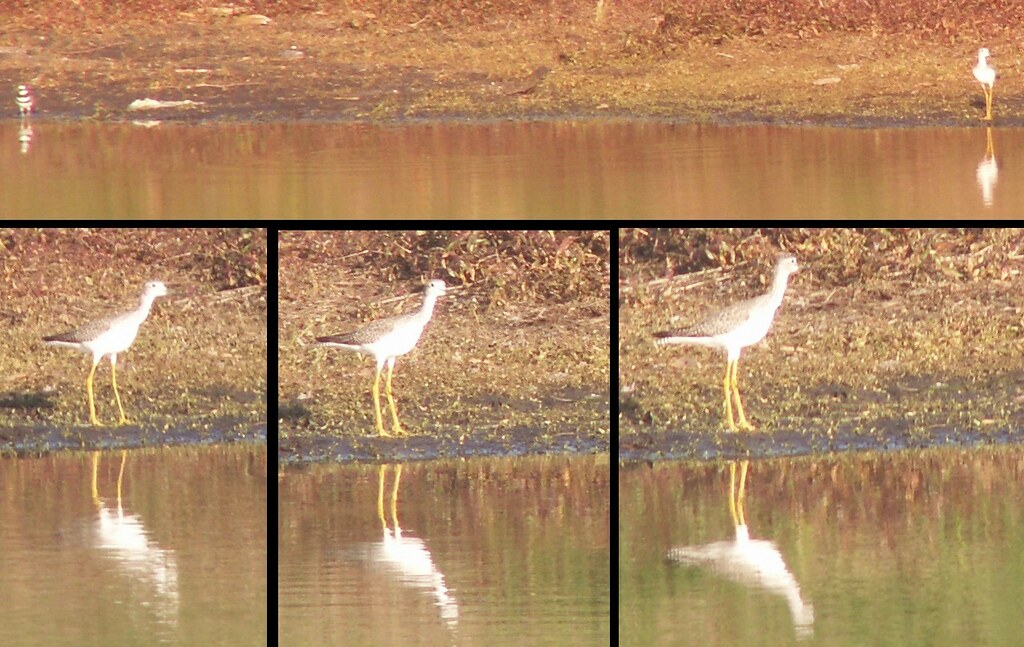
large view
This palm frond has been like this for a while, far back from the road. Until I decrease my distance from it, I keep having to remind myself that I'm not looking at a bird (or two birds) floating on the water.
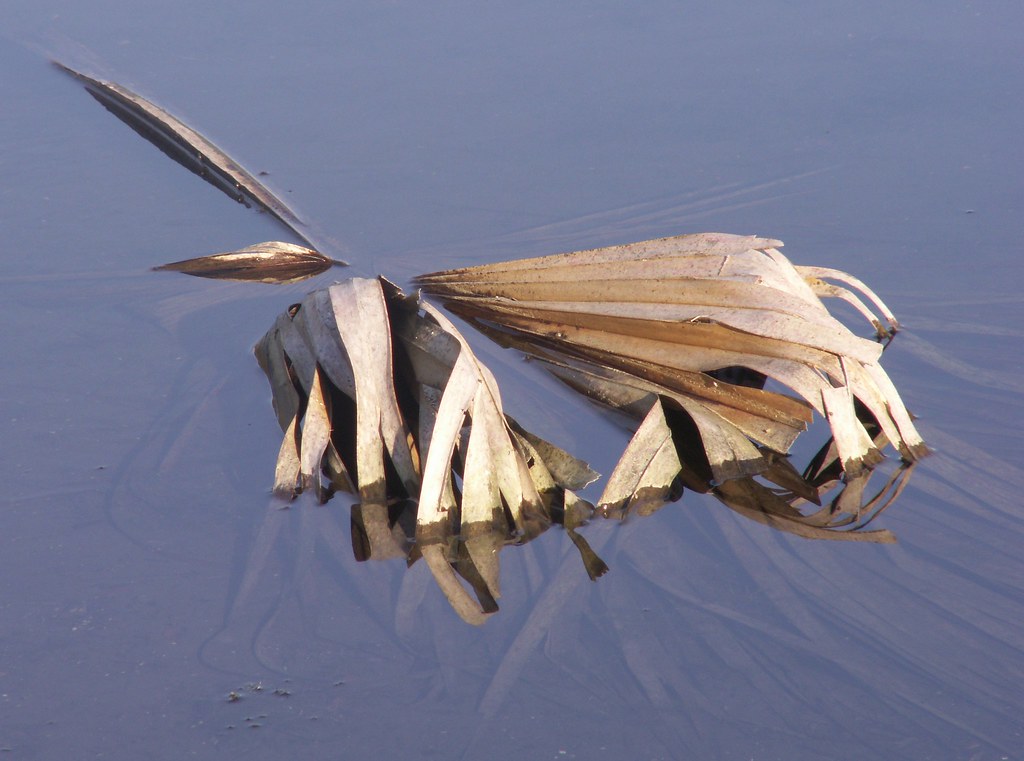
large view
Today's weather was gorgeous, with a sky almost free of clouds and terrific afternoon light. This is a shot of a spillway at the pond, taken when I was farther than usual from the road:

large view
Beside that spillway, palm leaves were catching rays from a descending sun.
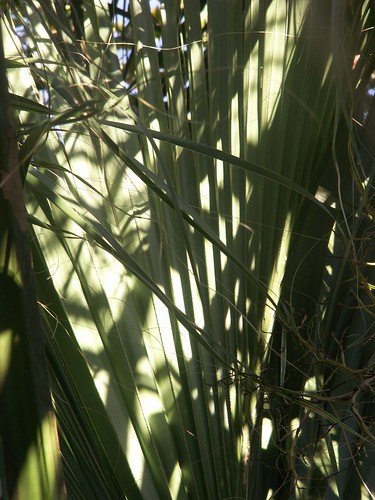
large view
My studio clean-up continues. I now actually have a desk and a floor that I can see, though the place still suffers from "piles."











2 Comments:
I love the shot of the birds in a puddle!
I often wonder how I appear to others when I'm trying take photographs, especially when they are of someone's mailbox or an old car in their yard. What must they think I want it for. Maybe we should wear a blog press pass!
That is hilarious!
And the moth, for its part, is most beautiful, that green indescribable, and tiny white waves moving over its wings.
Lovely shot.
Post a Comment
<< Home